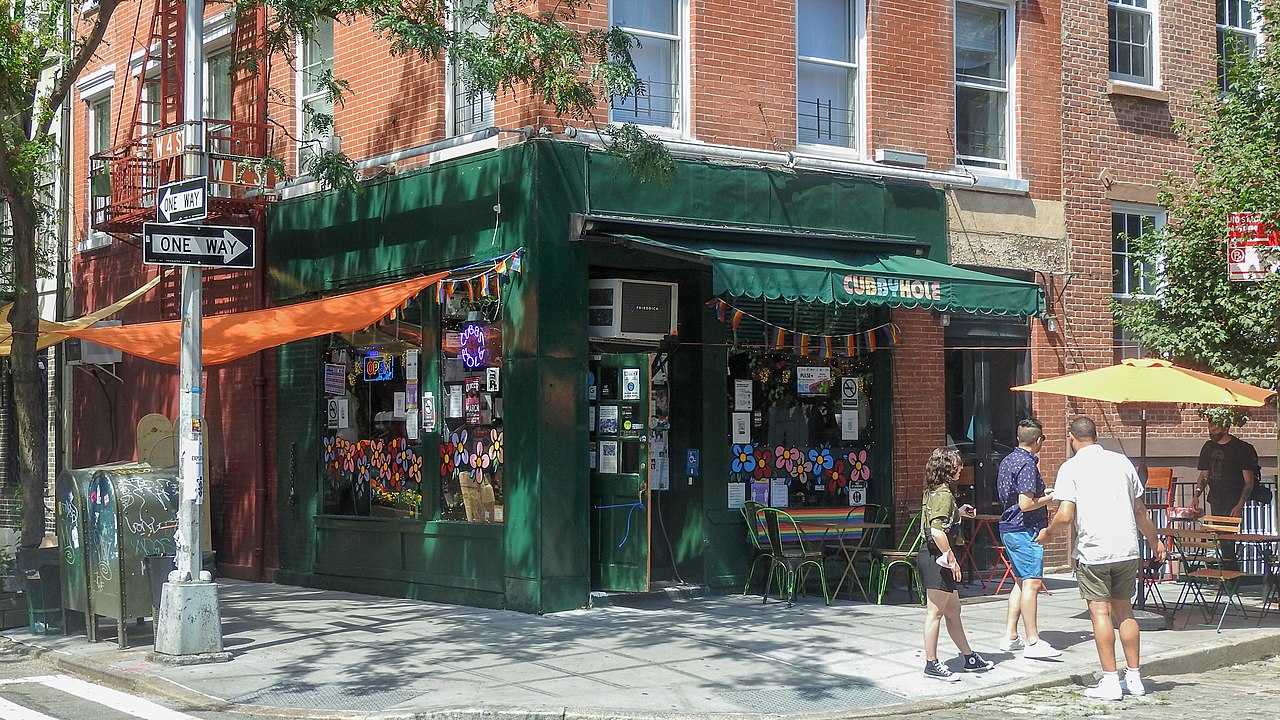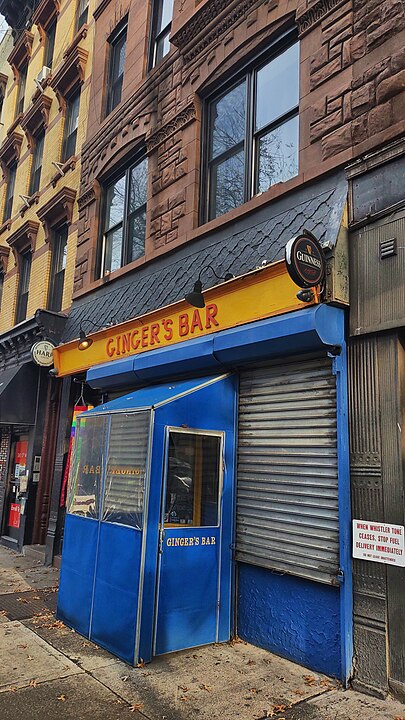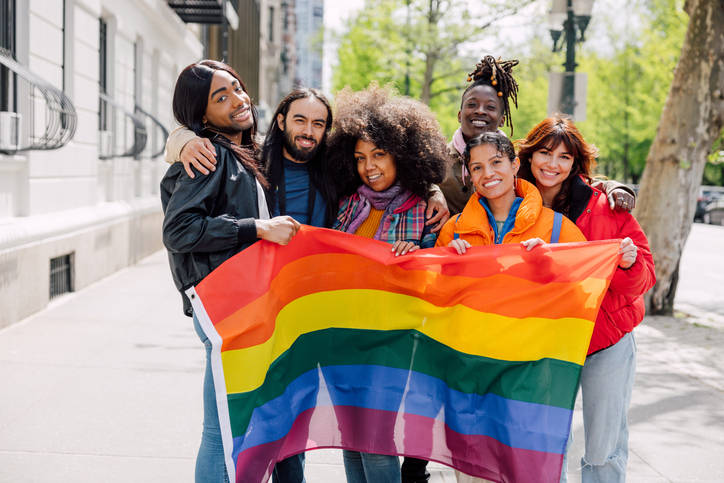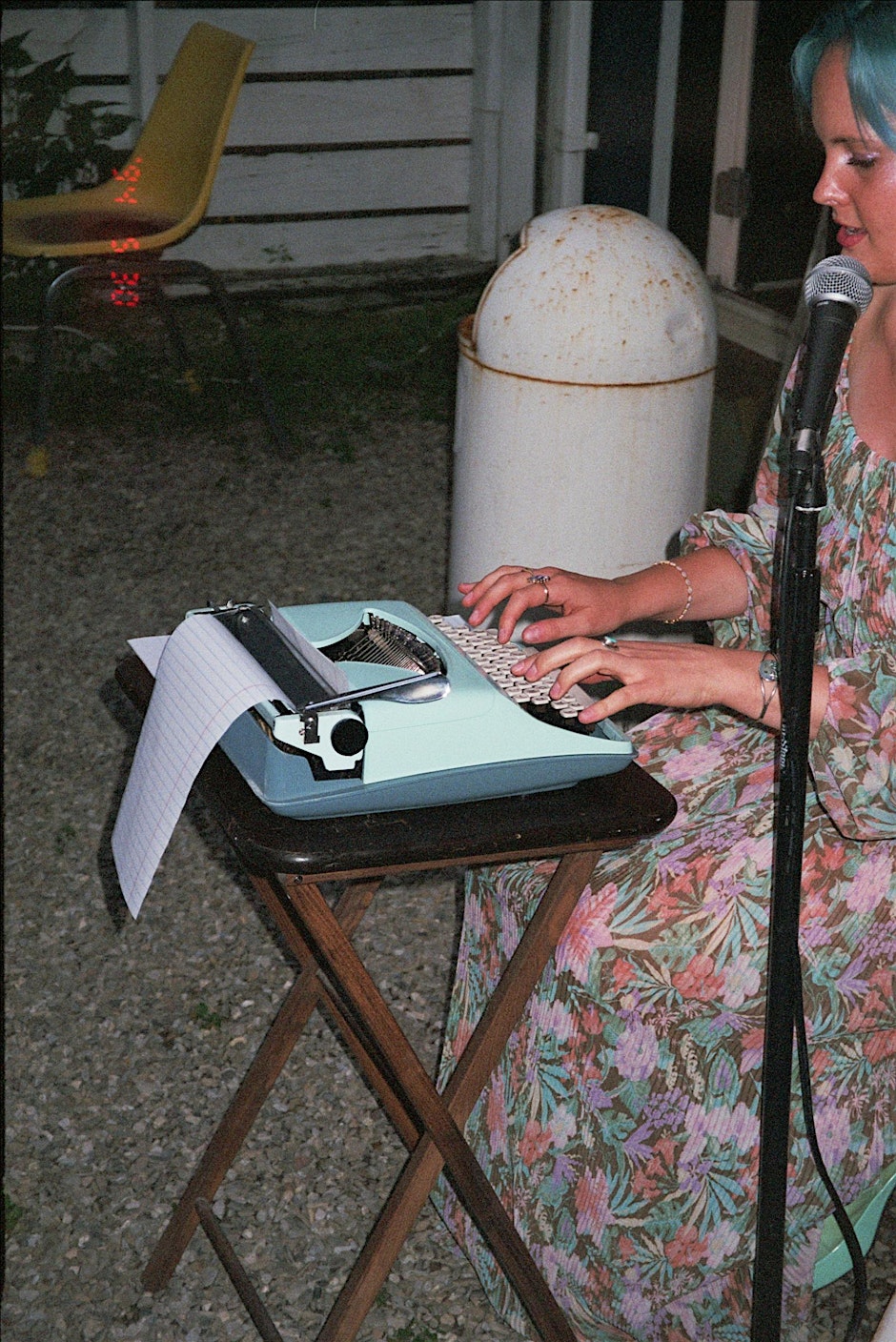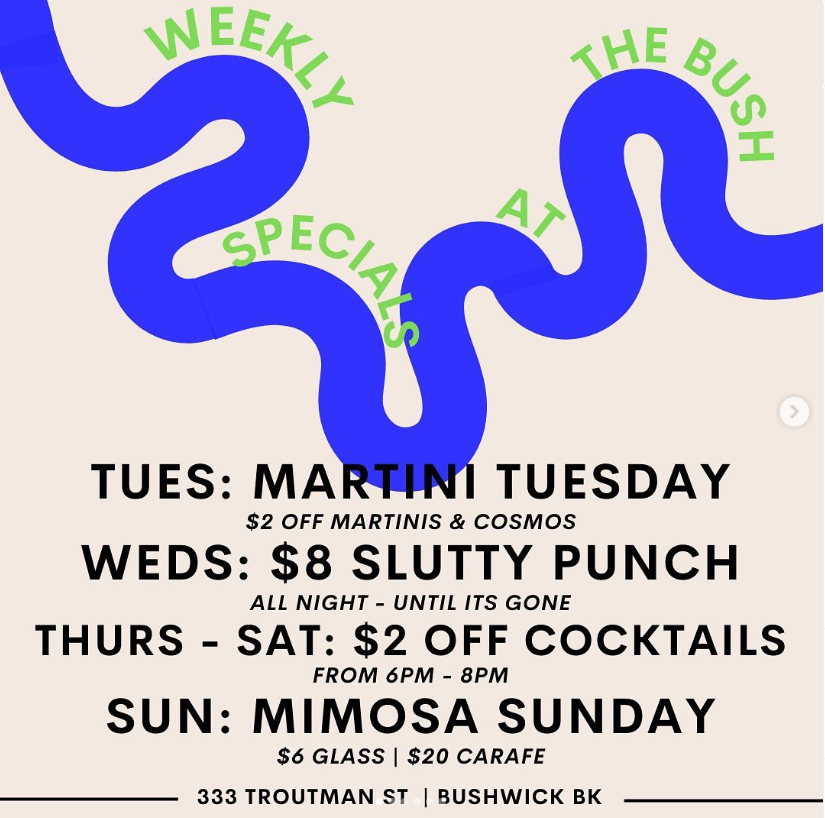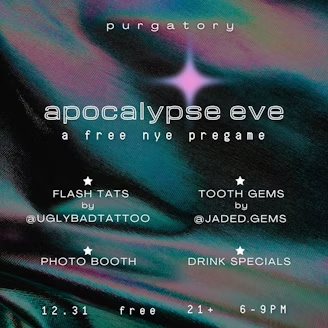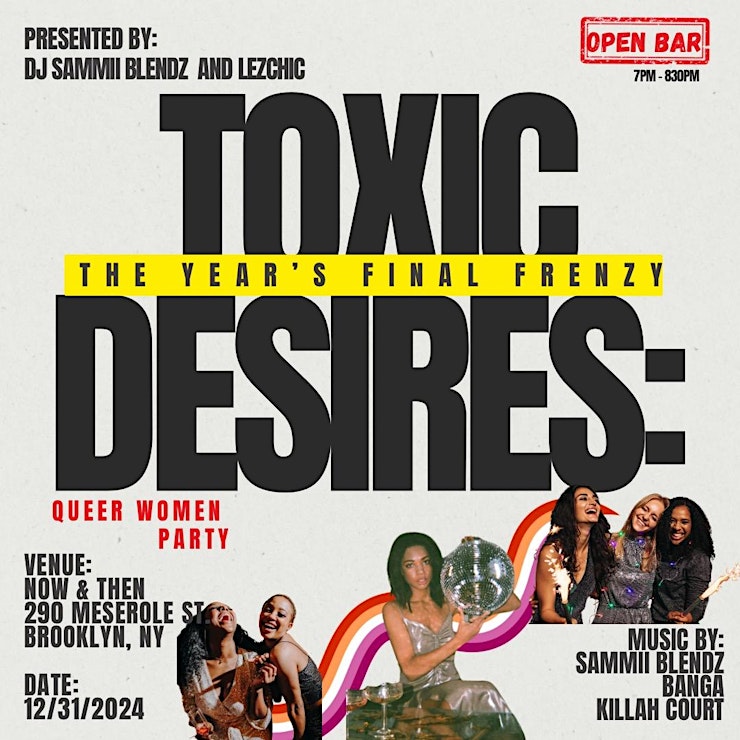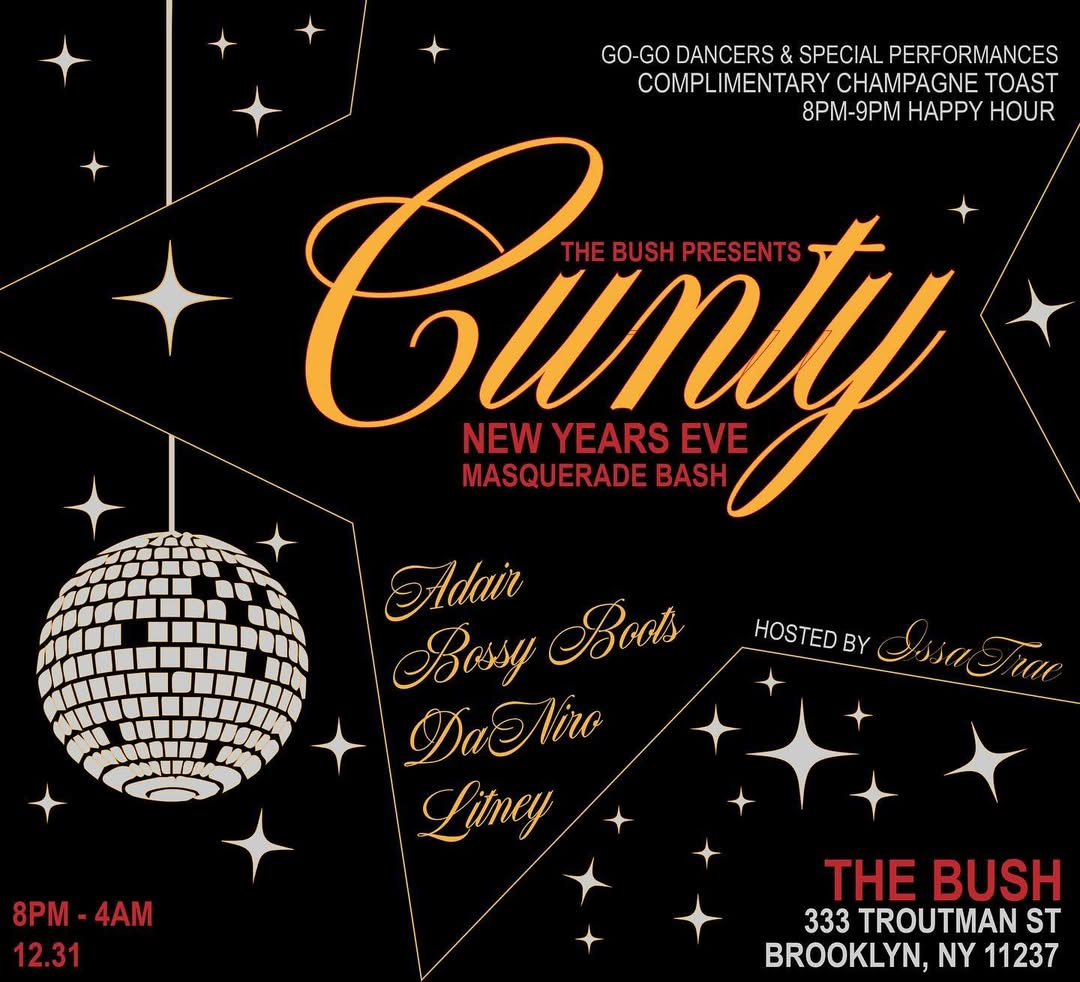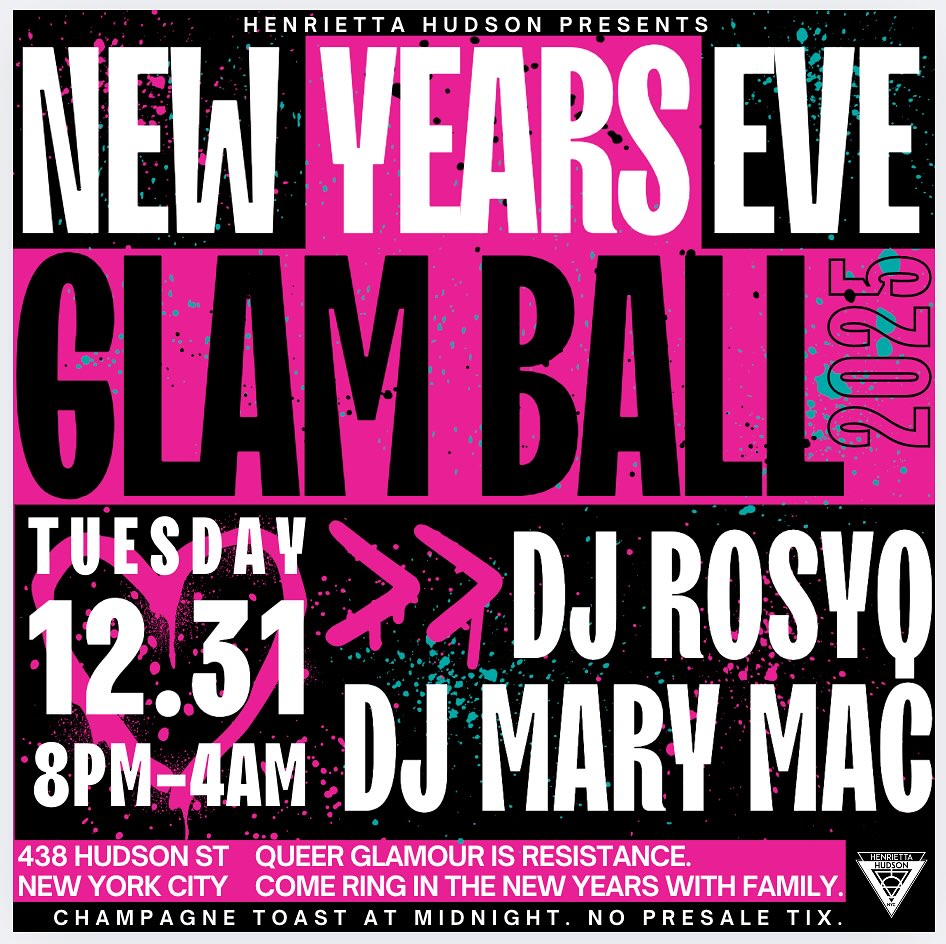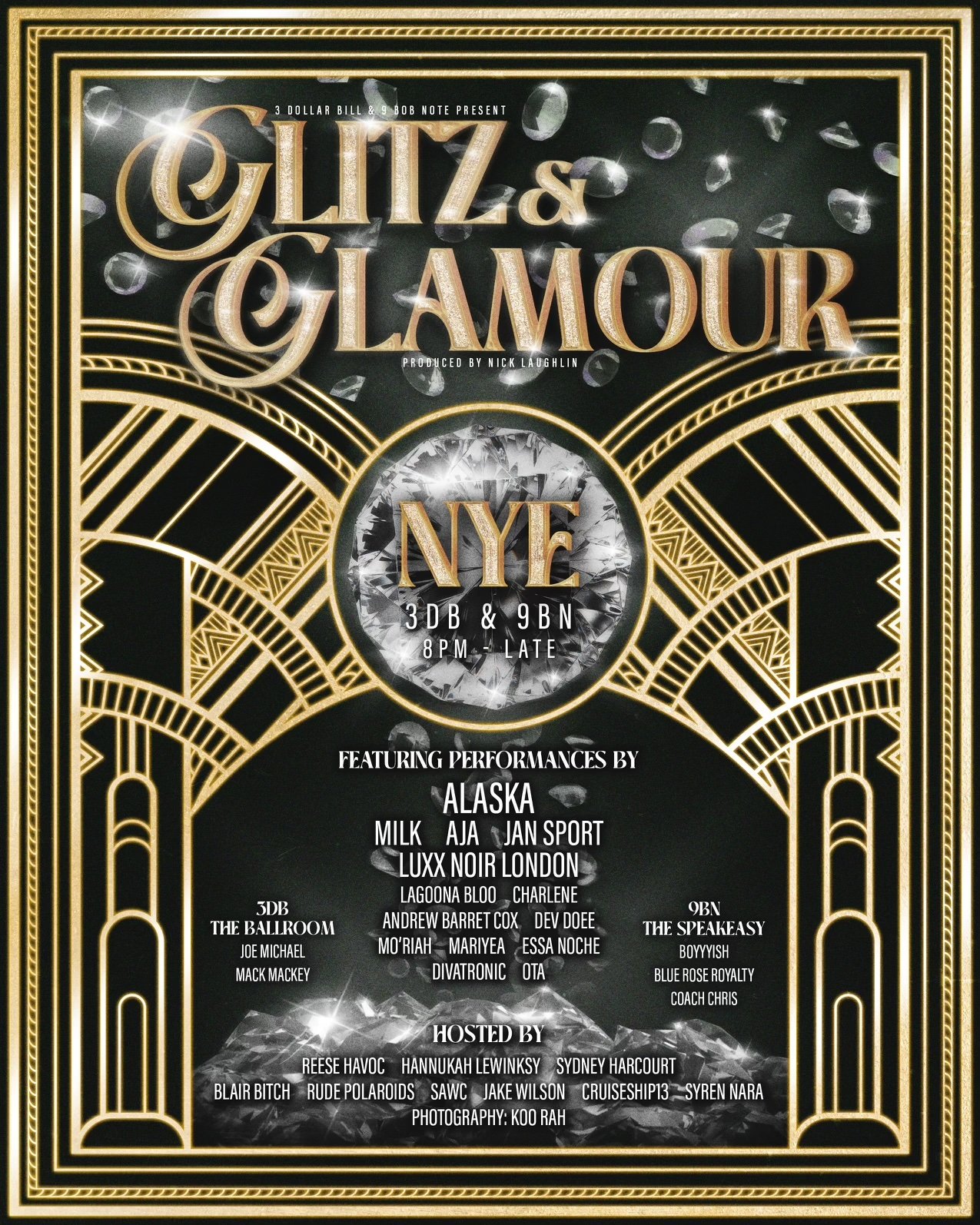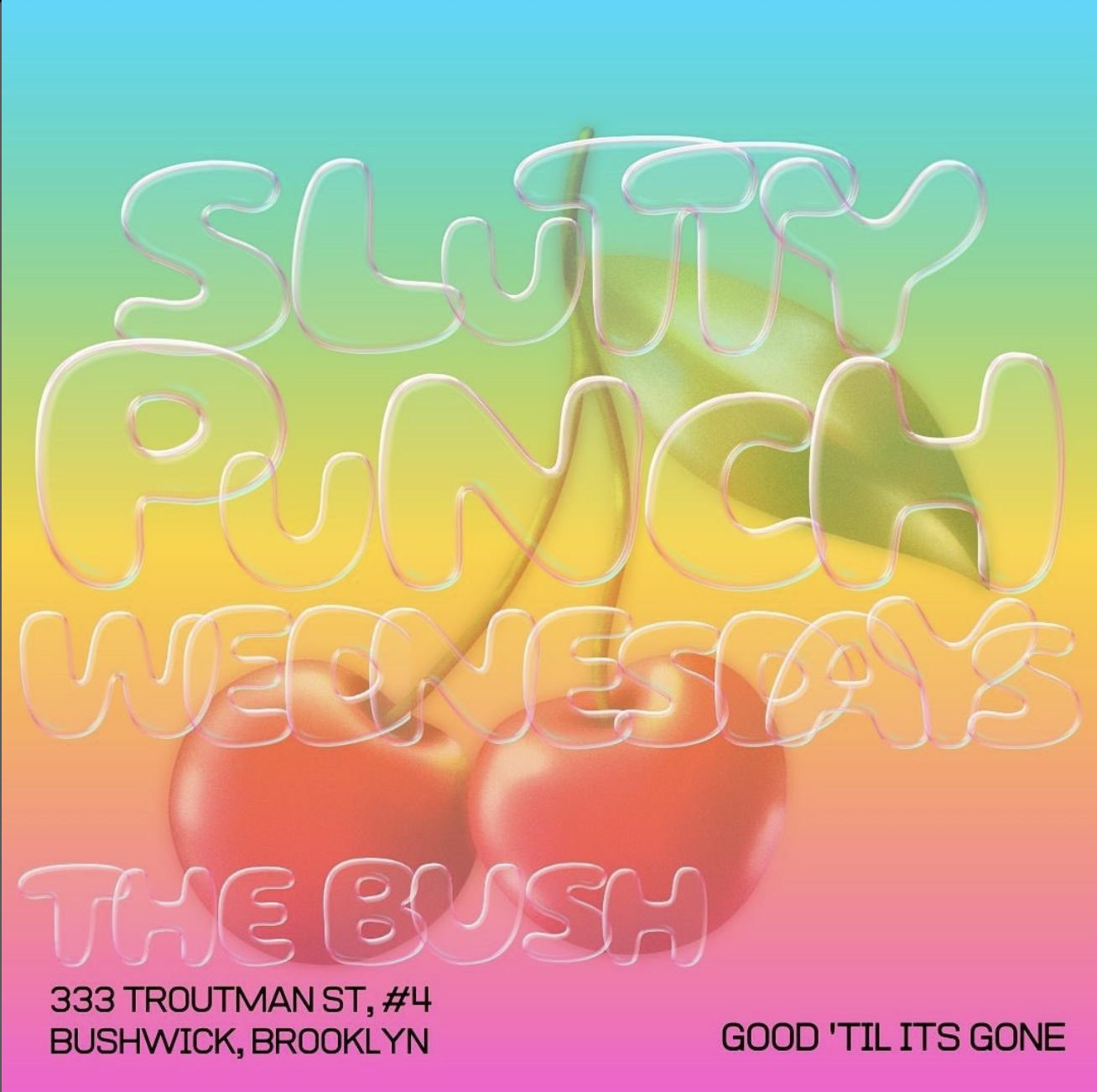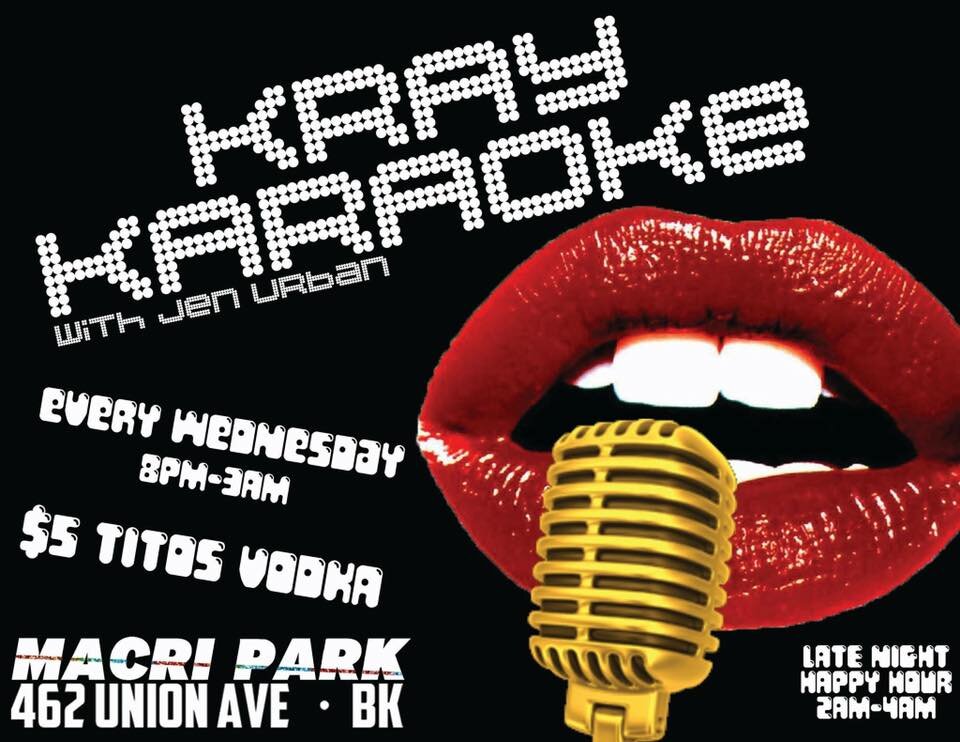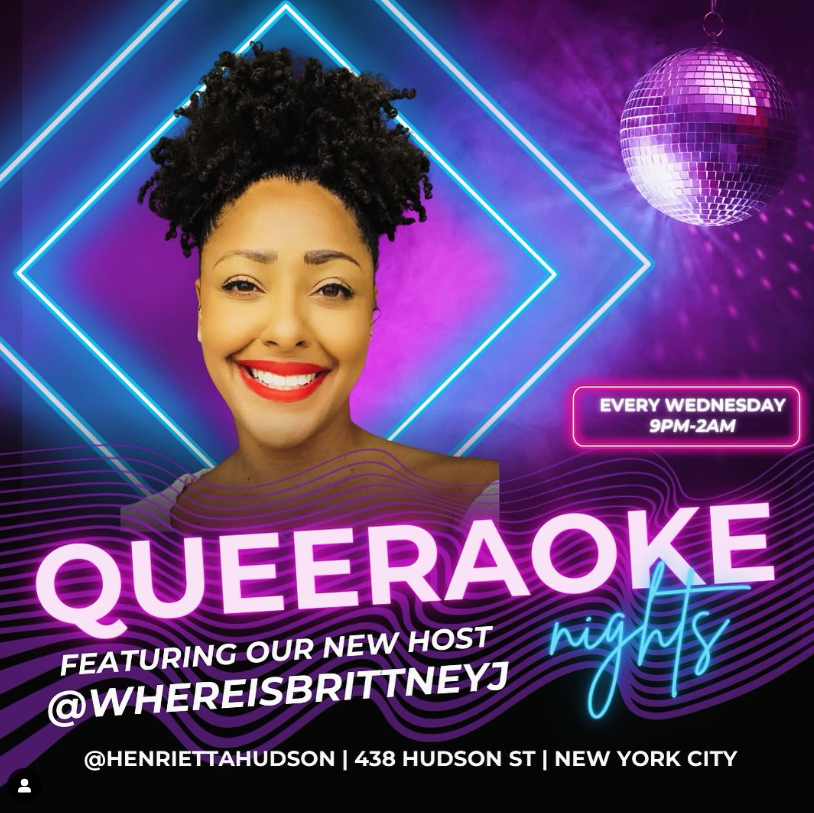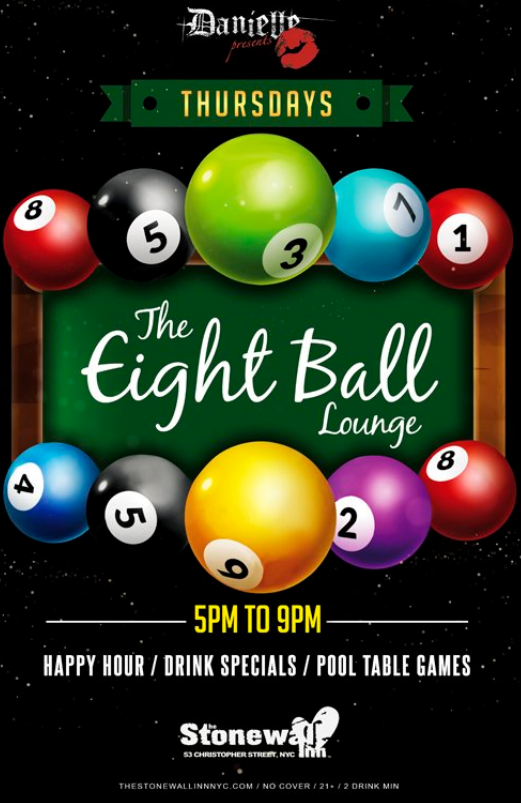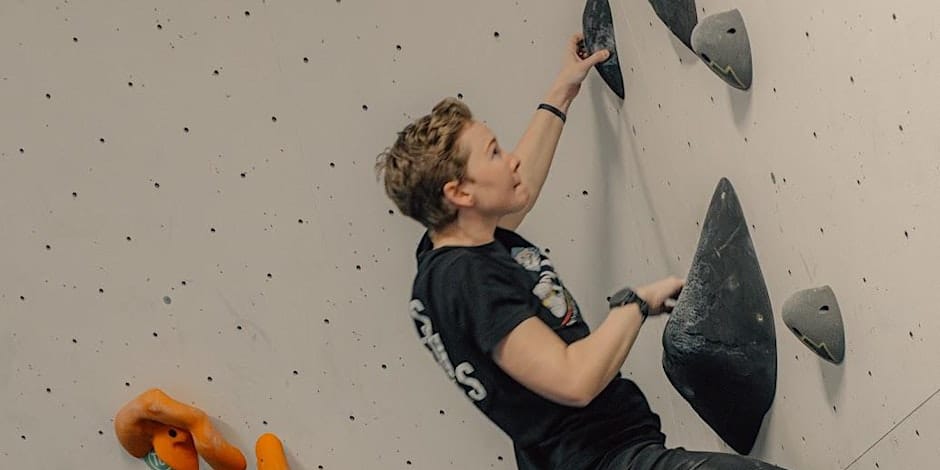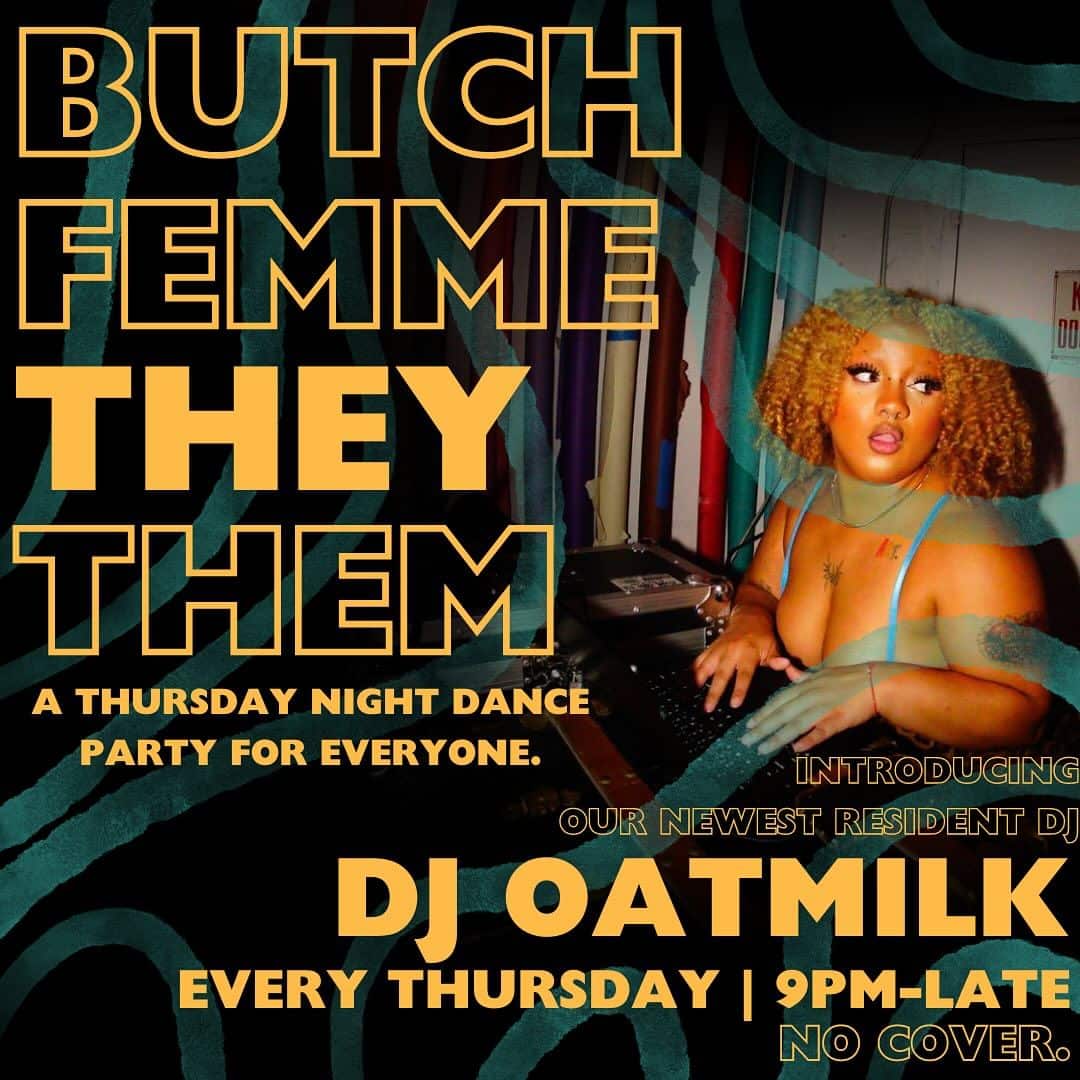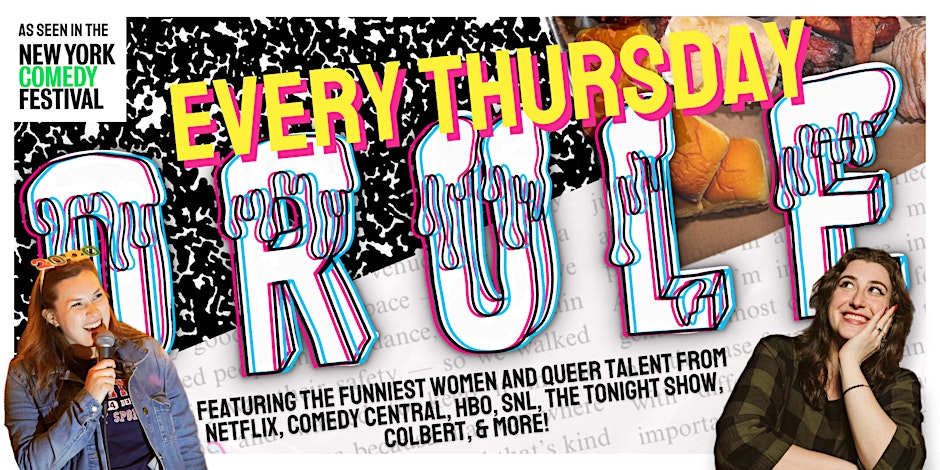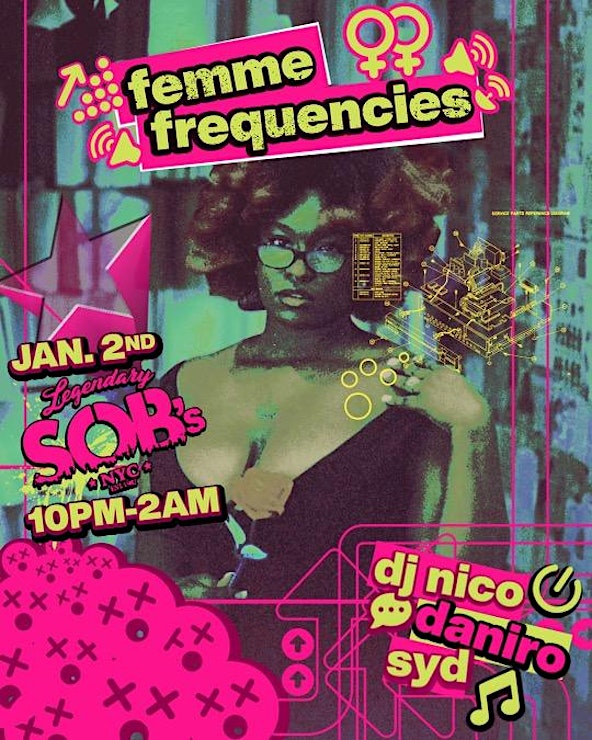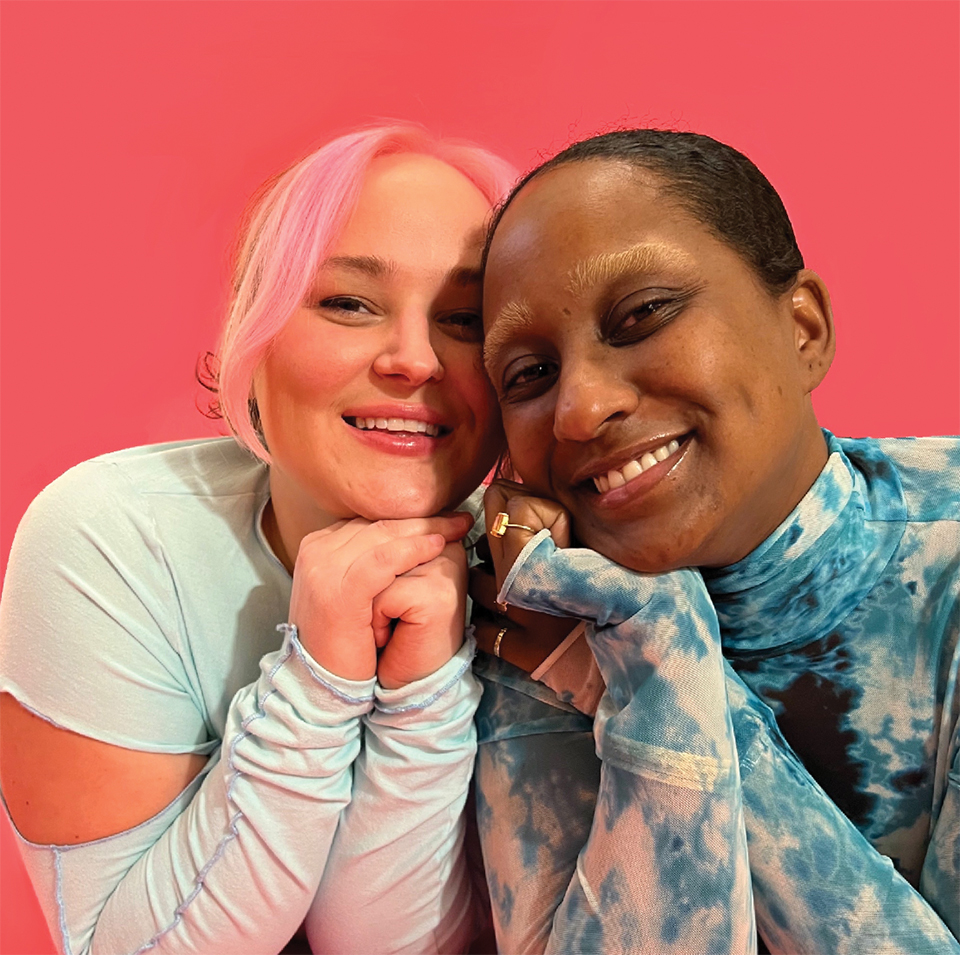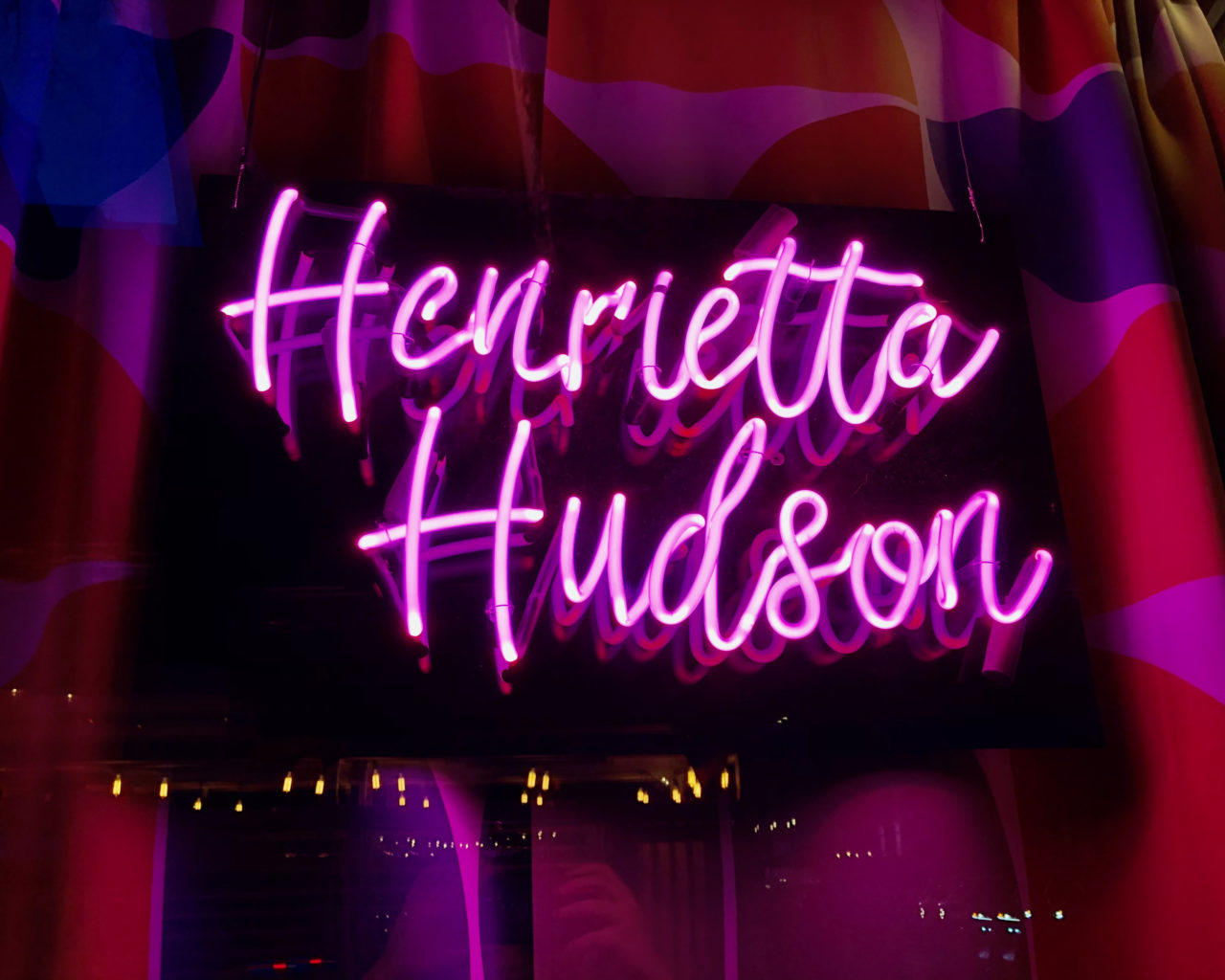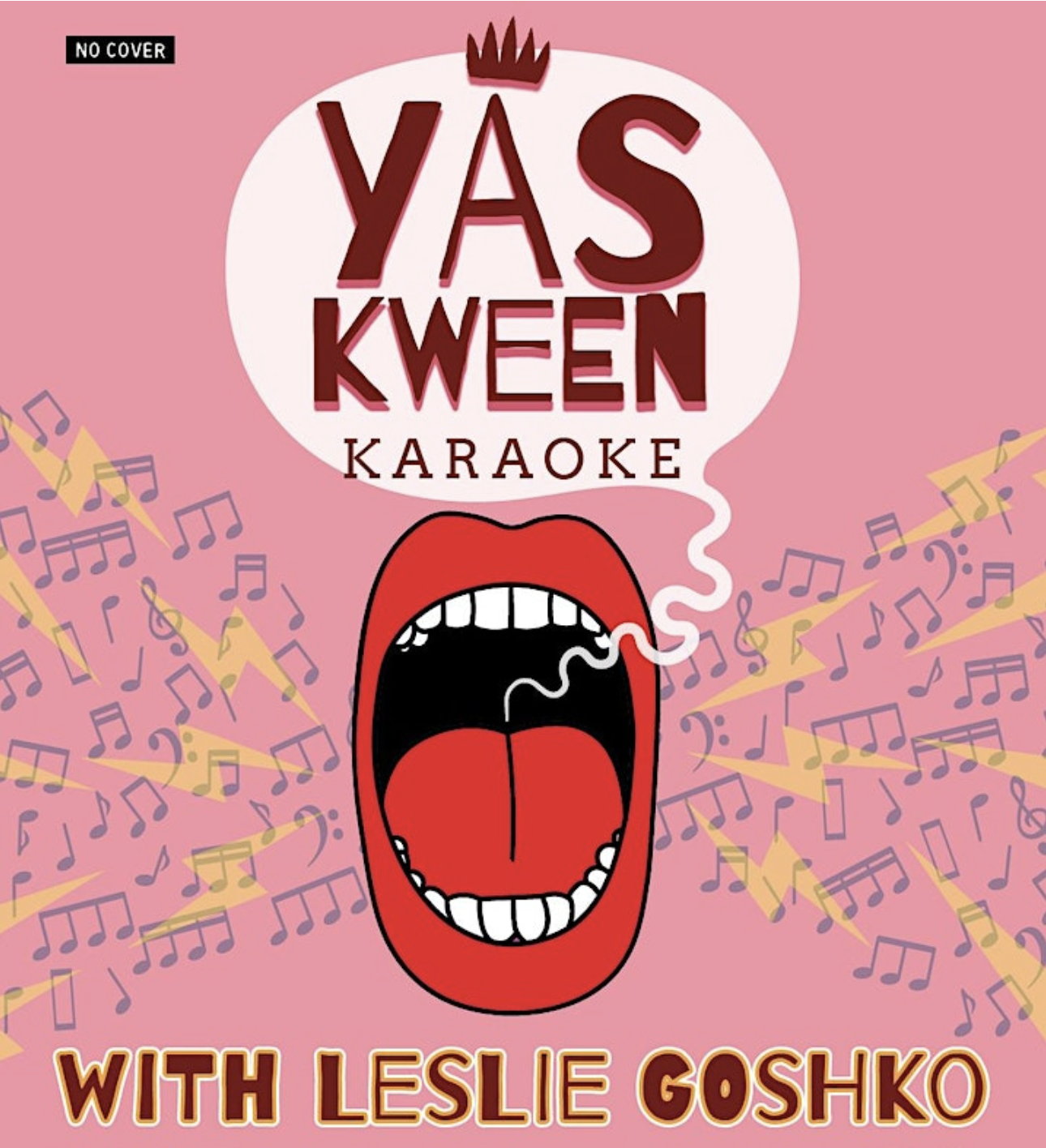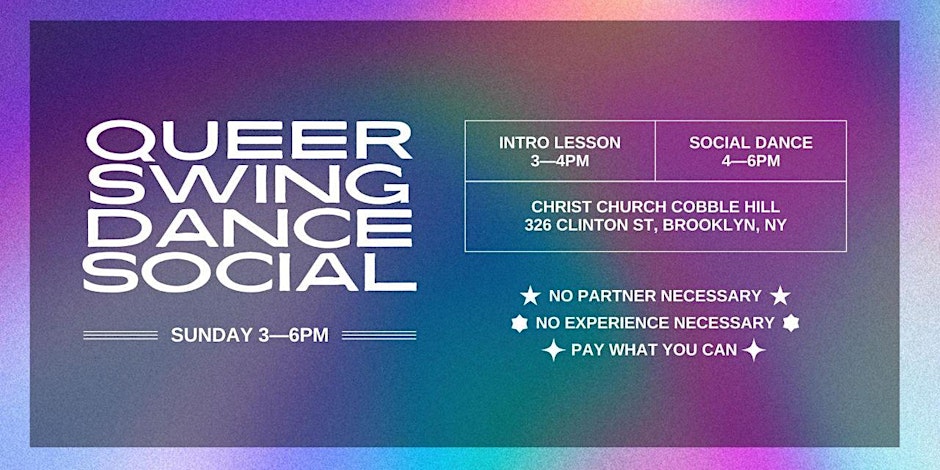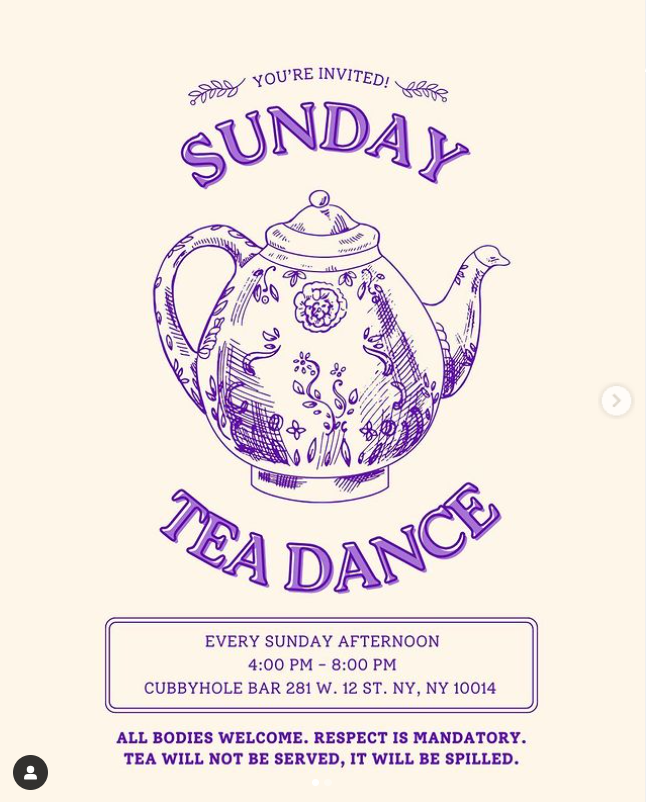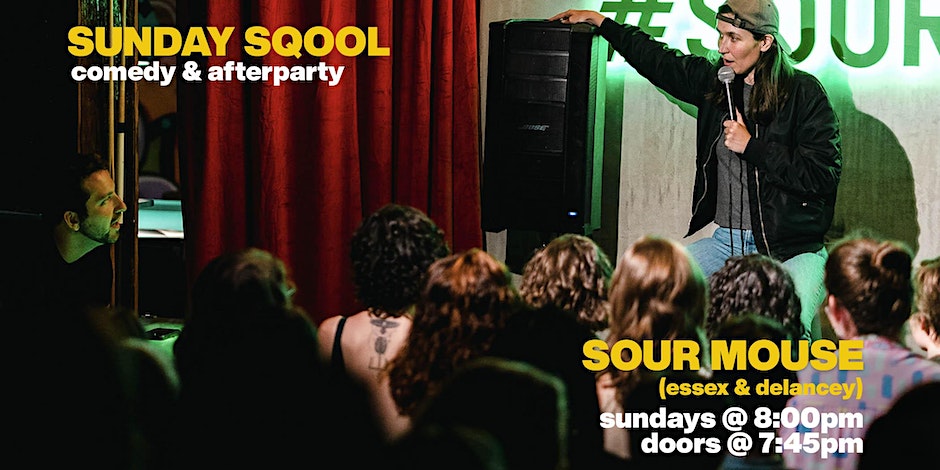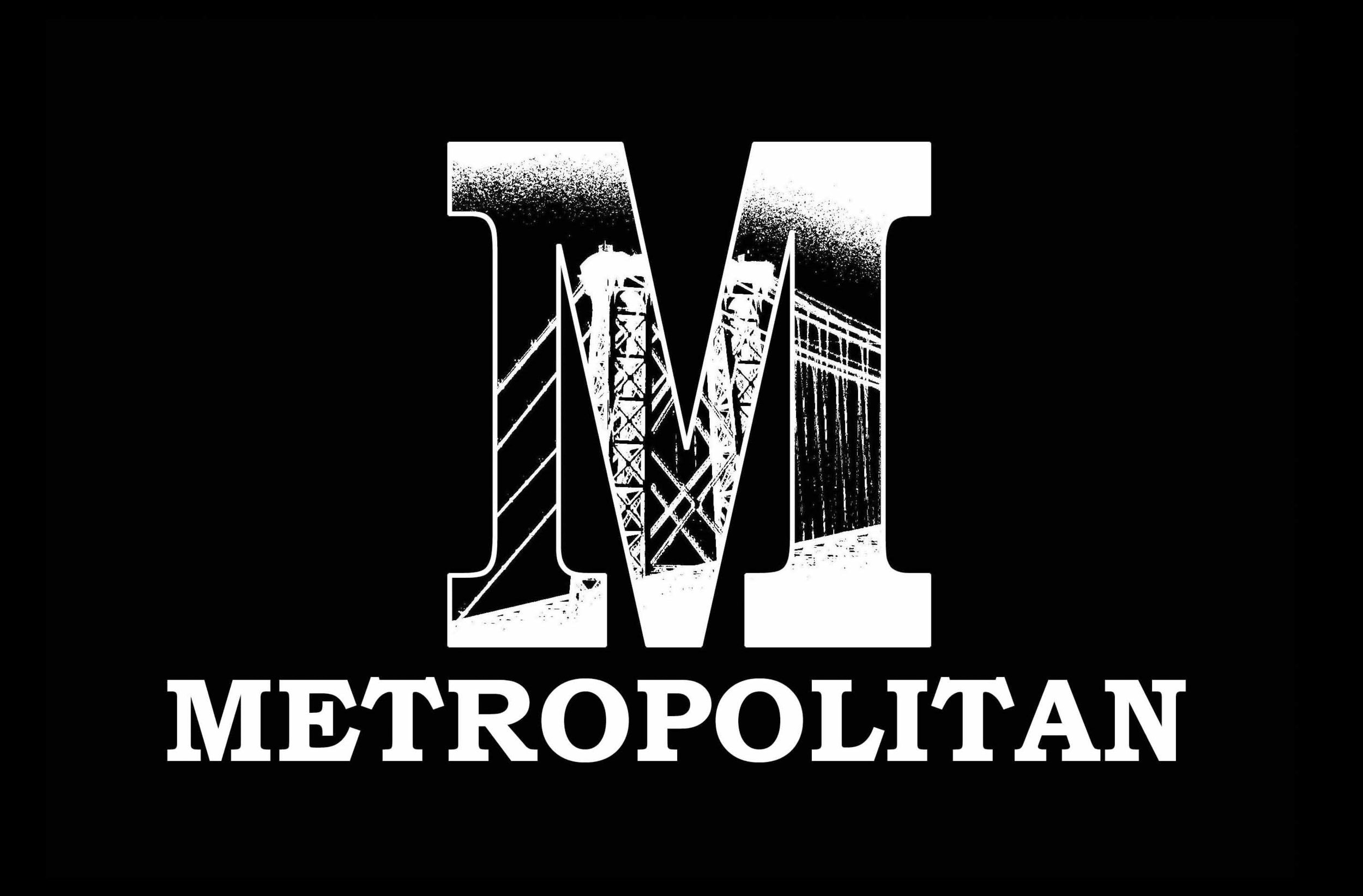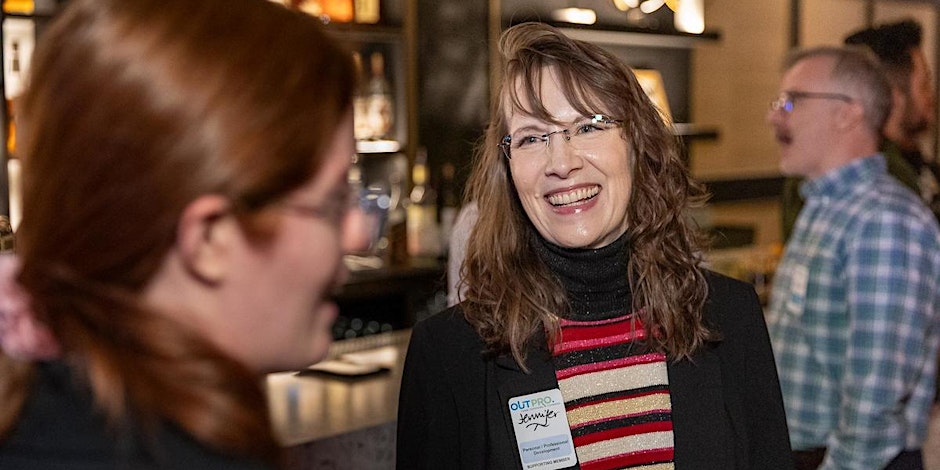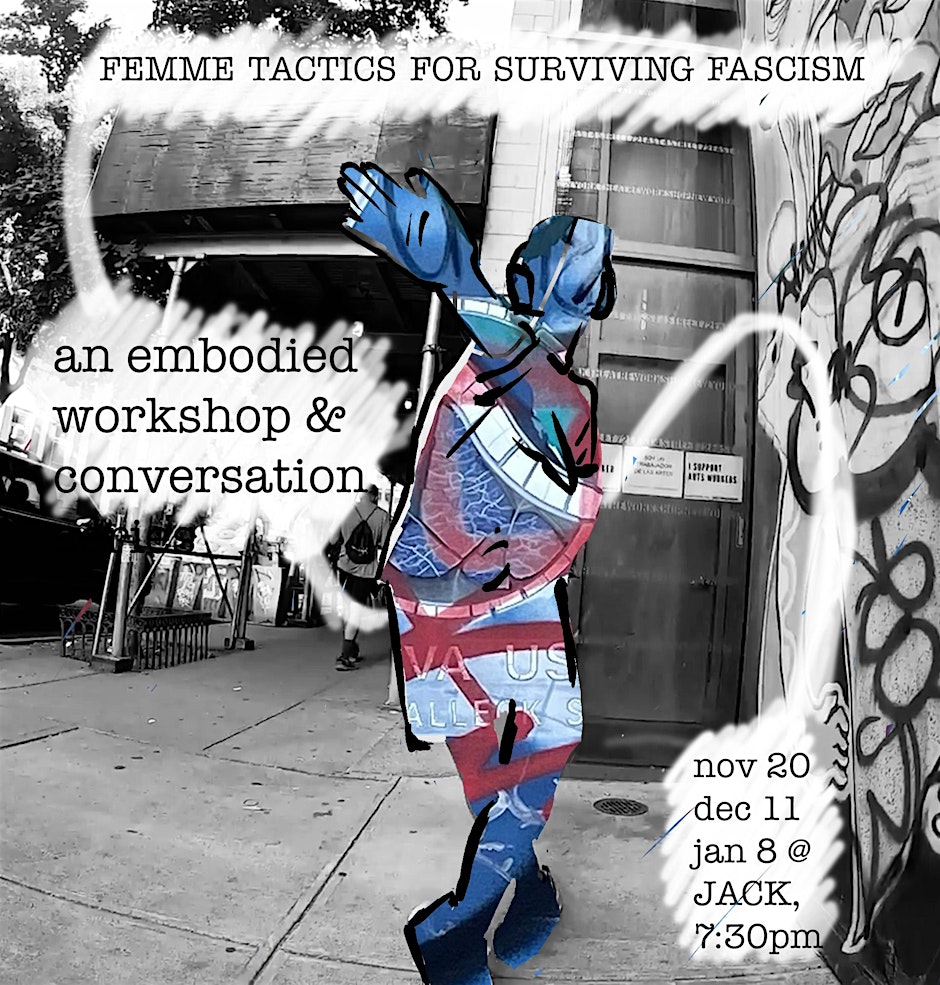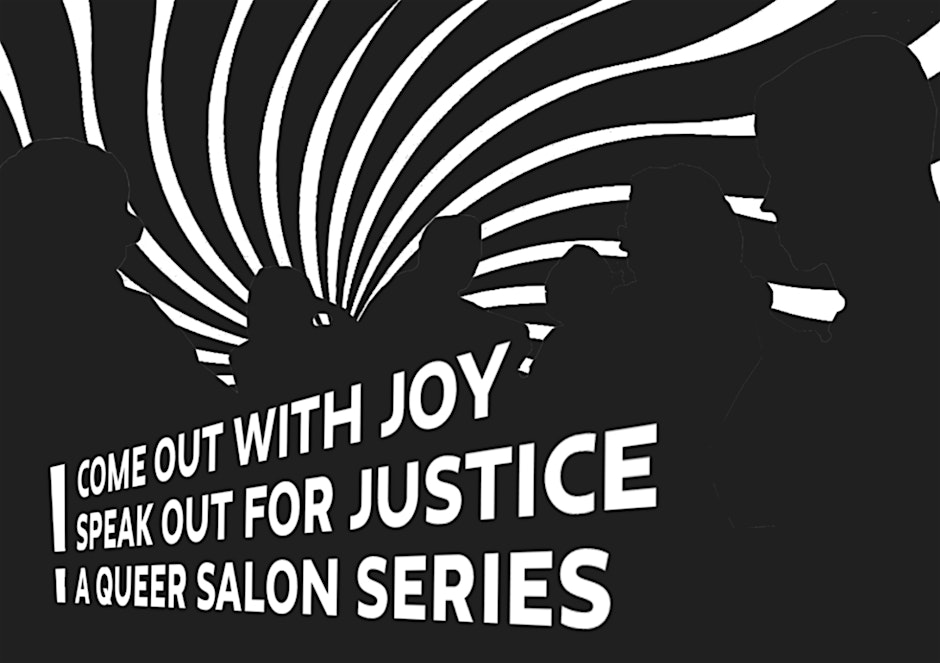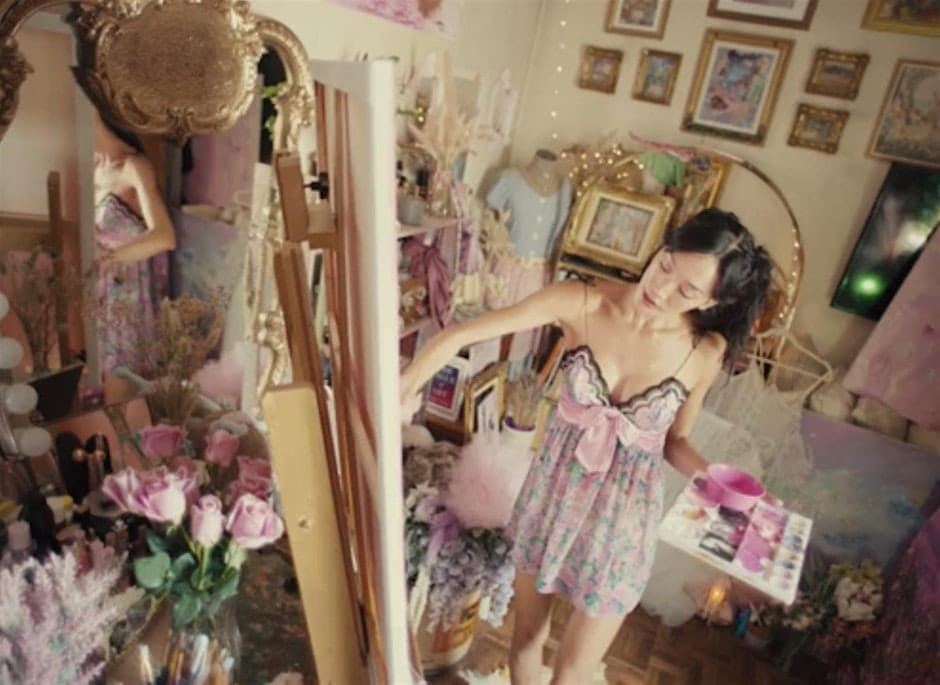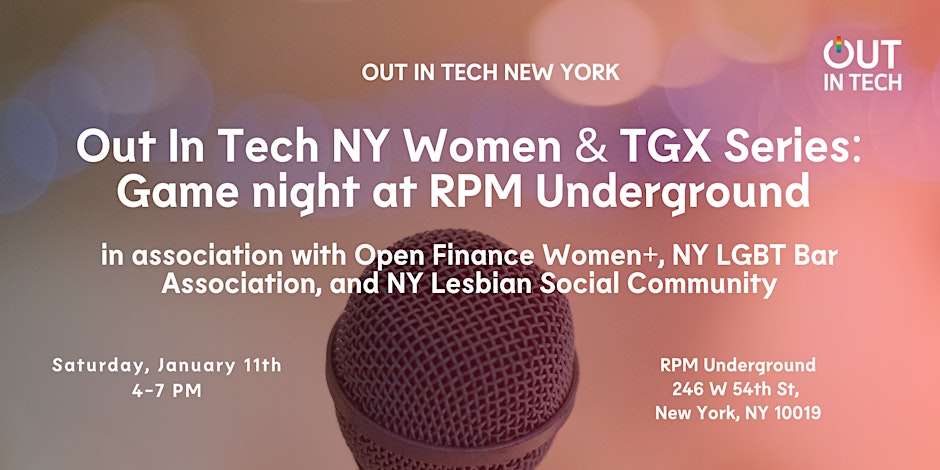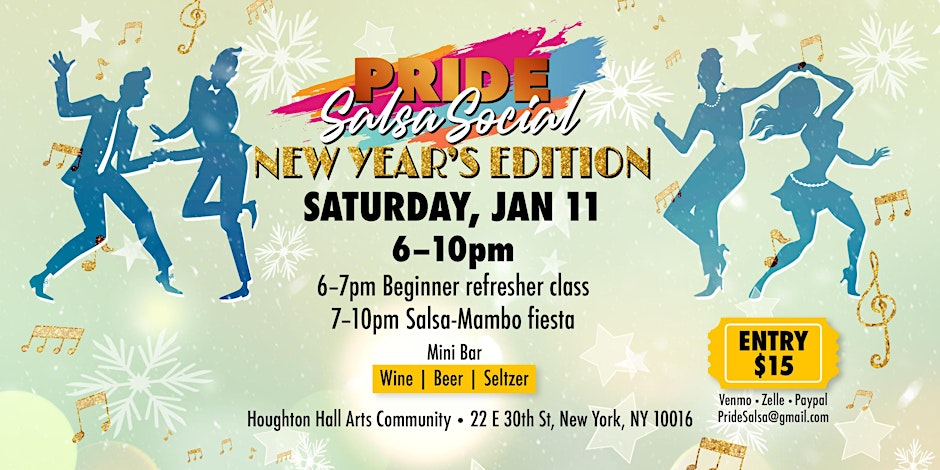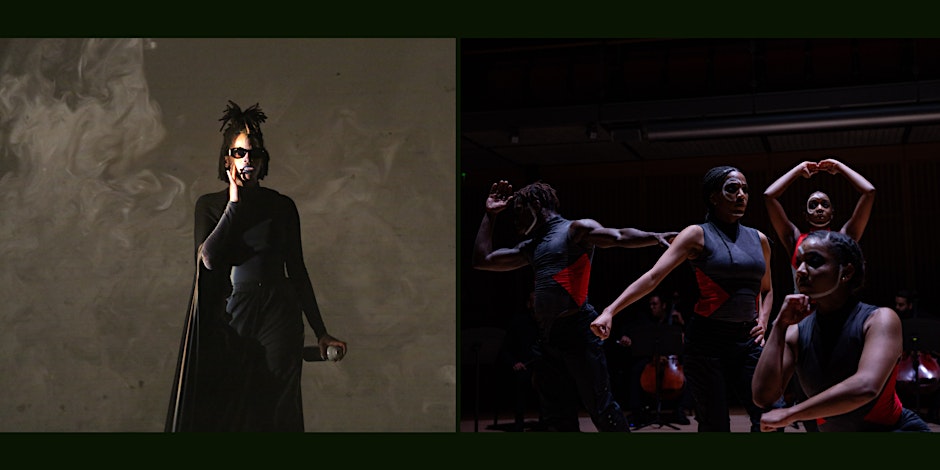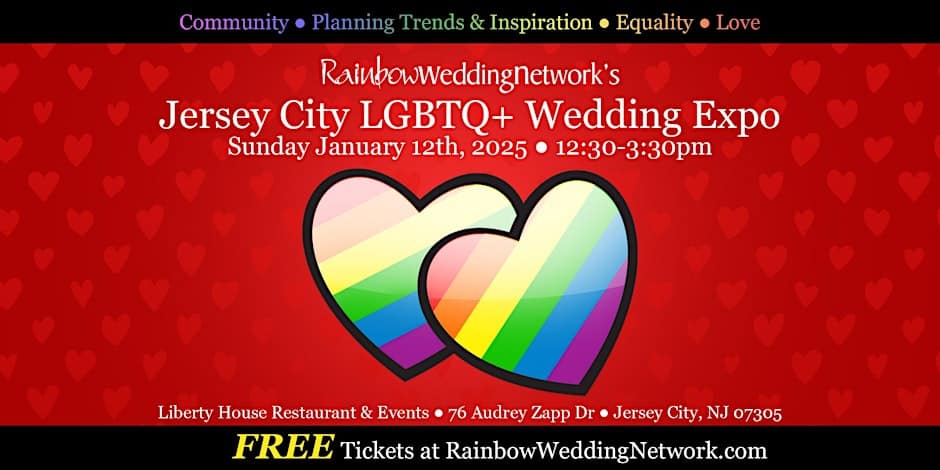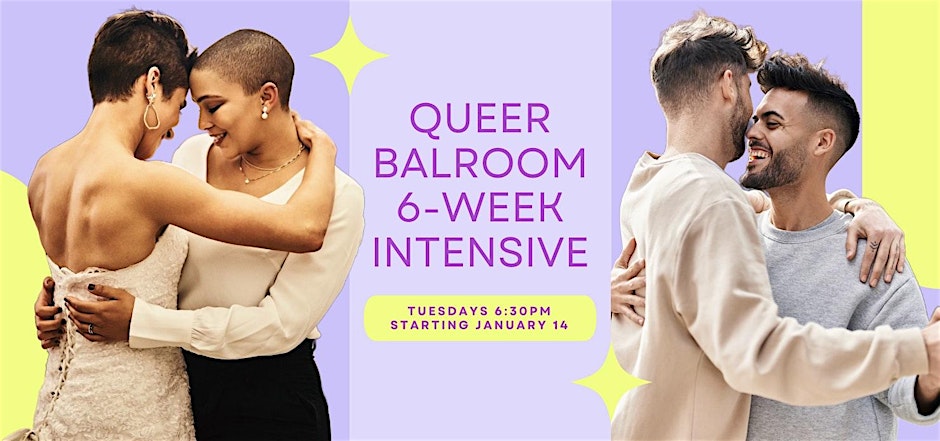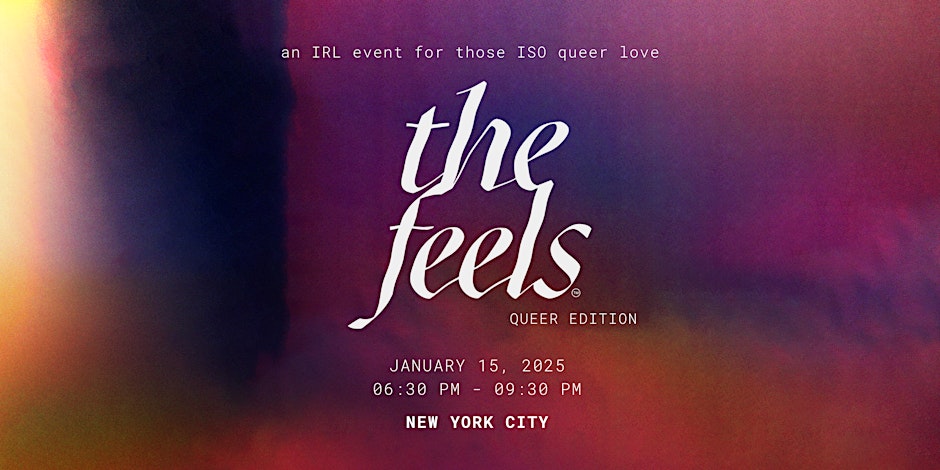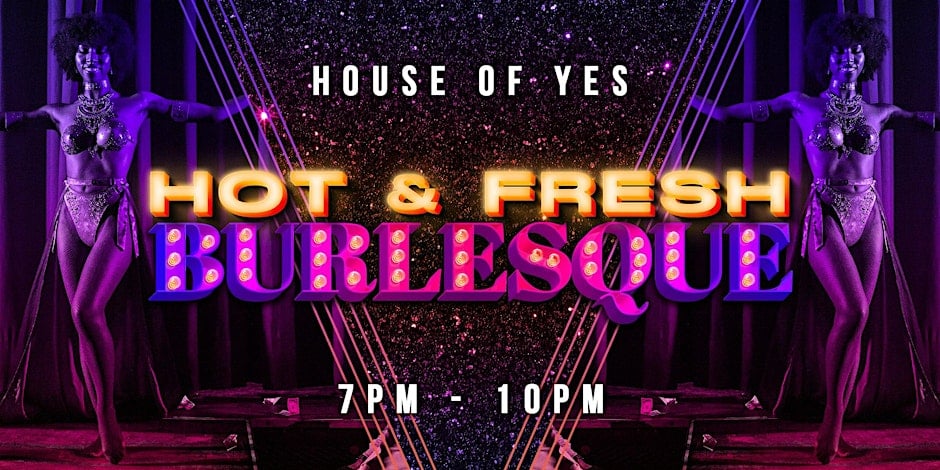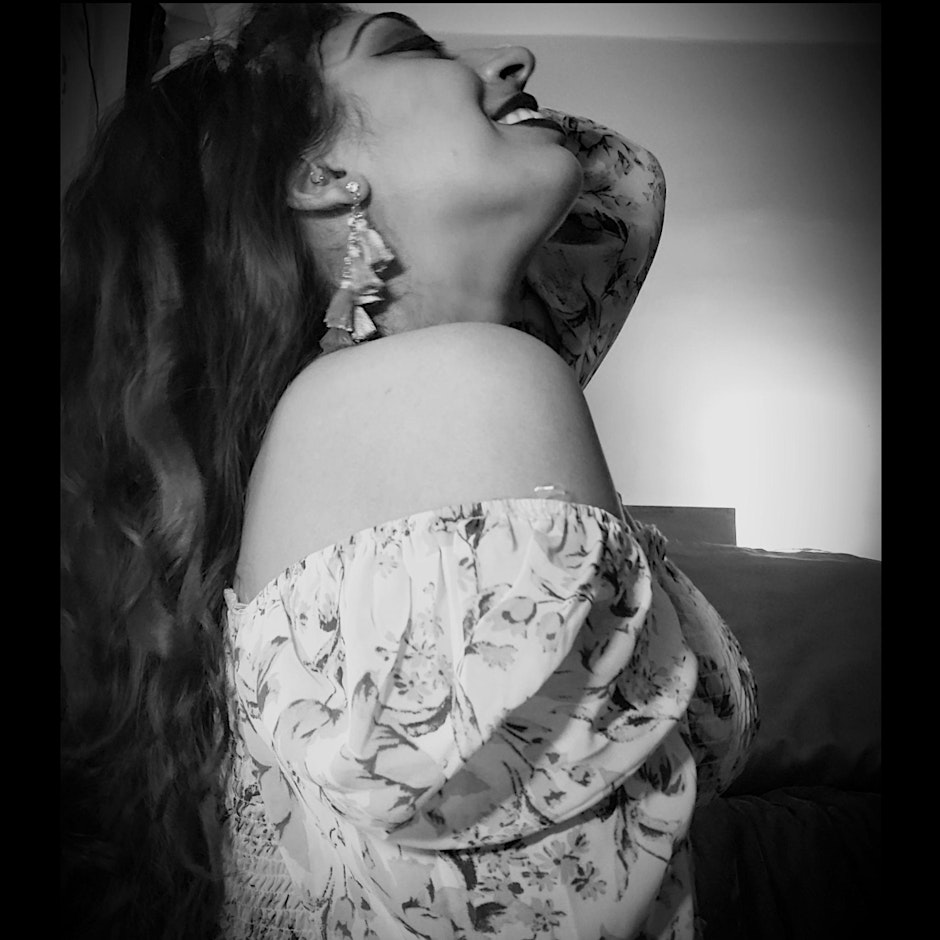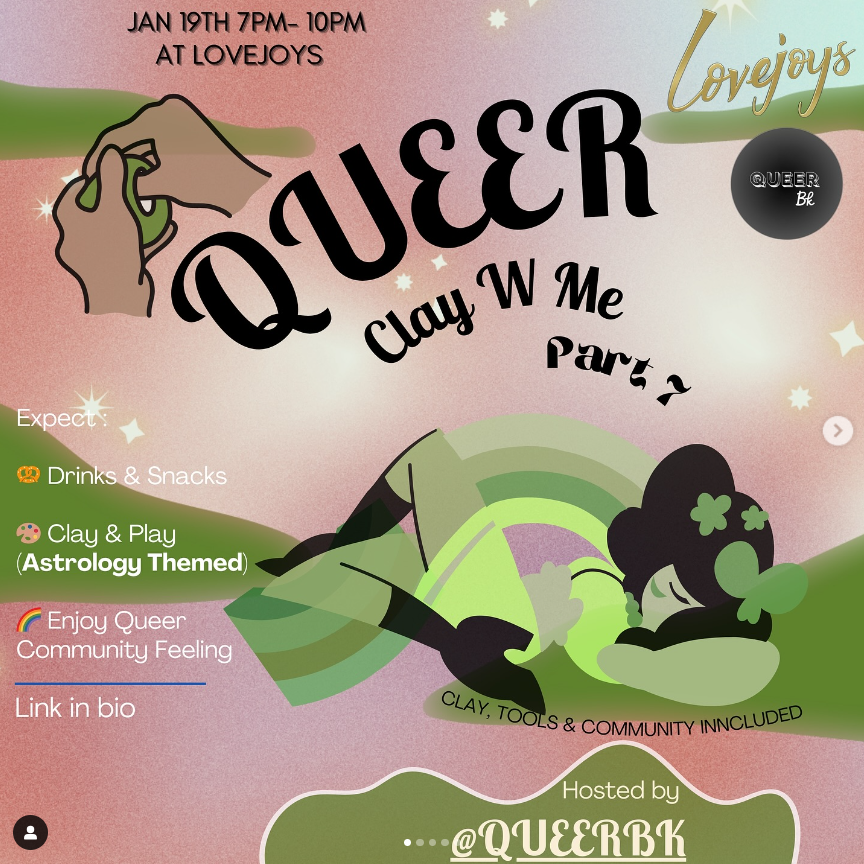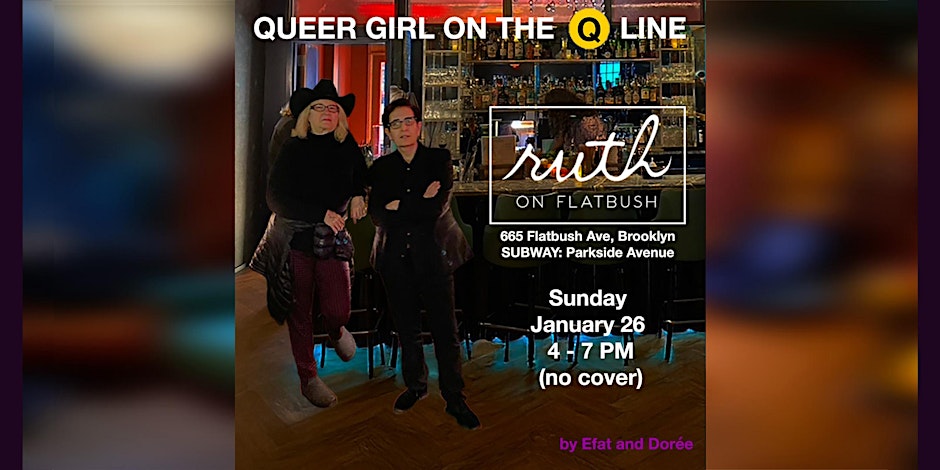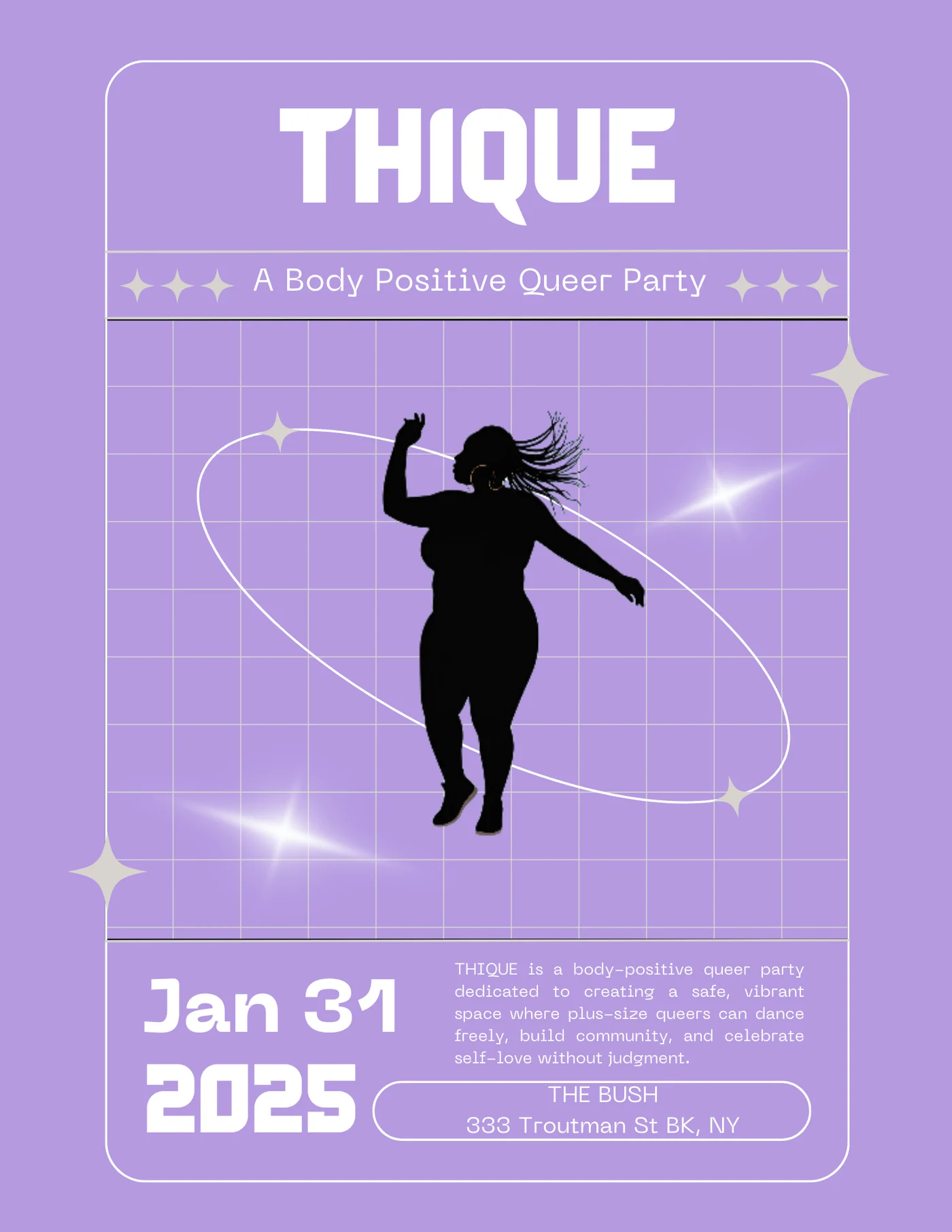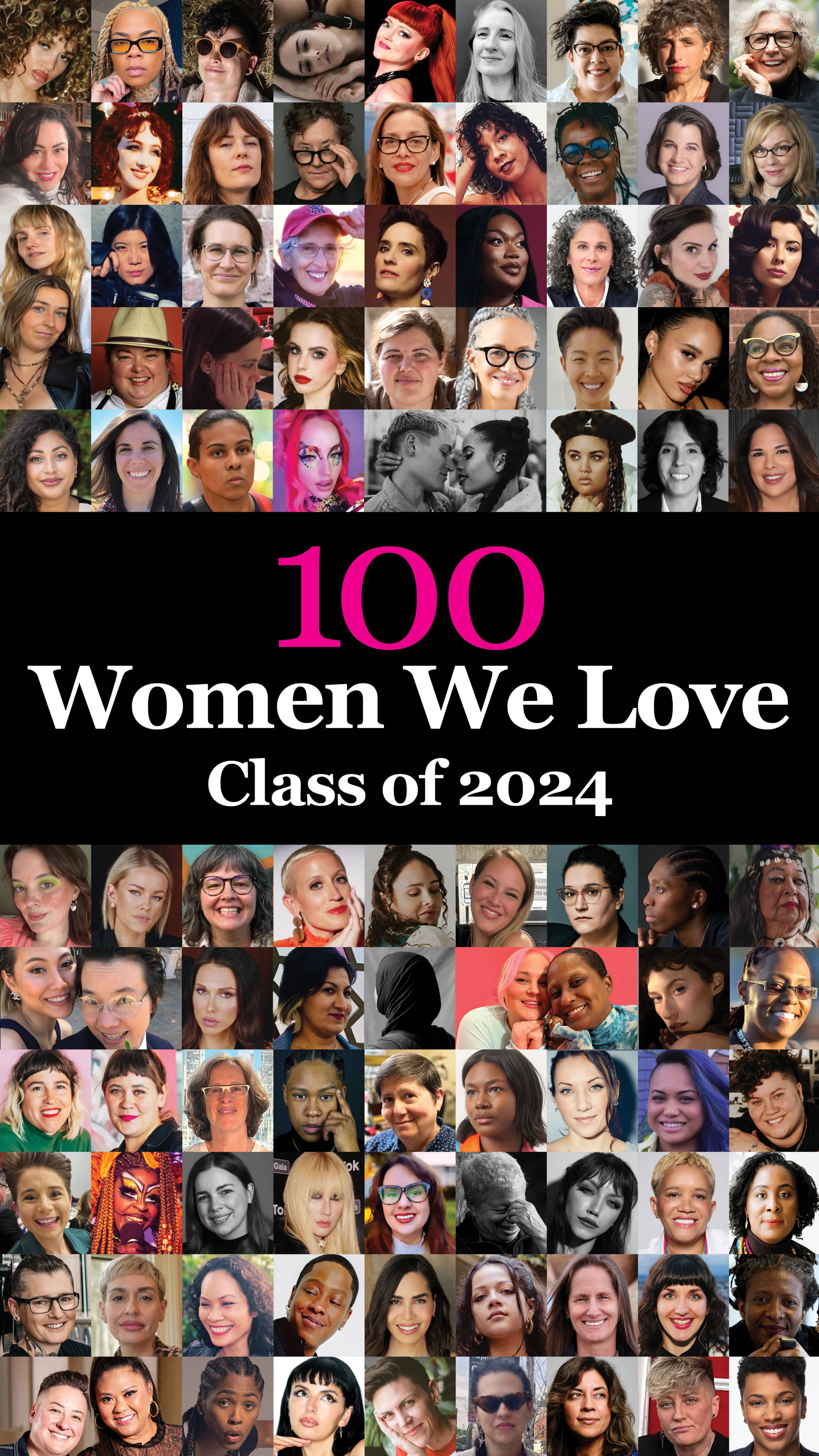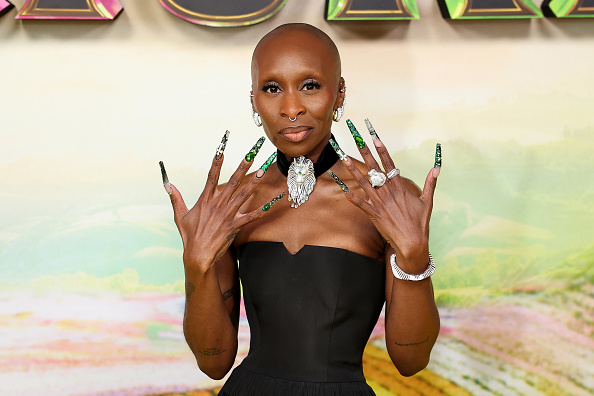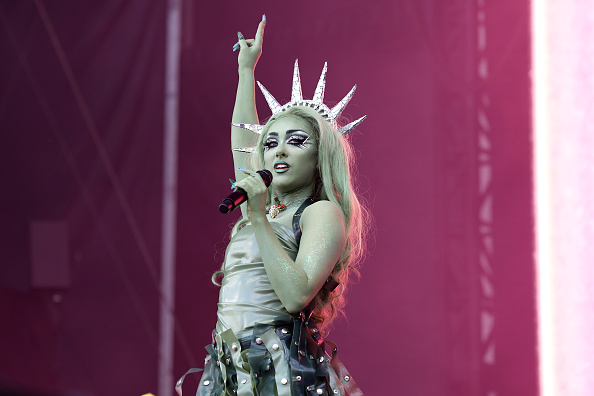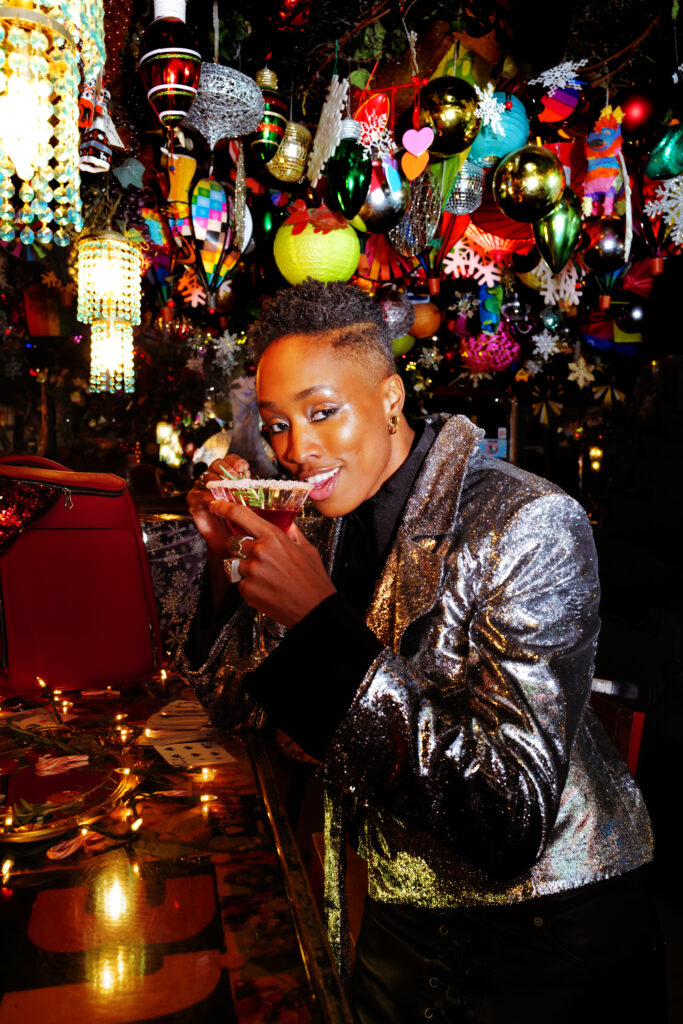Half a century ago, a random murder in Kew Gardens, Queens, shocked the city and the world. A 27-year-old bar manager named Kitty Genovese was stabbed to death in the early morning of March 13, 1964, as she returned home from work. The killing was barbaric, but the crime’s aftermath made it infamous.
According to reports by The New York Times, 38 witnesses had heard Kitty scream or seen the perpetrator with a knife, but did nothing. Each bystander assumed someone else had called the police. Sociologists later termed this the bystander effect or the Genovese syndrome, named after the innocent victim.
The anniversary has brought new scrutiny to Kitty’s life. A recent book, Kitty Genovese: The Murder, the Bystanders, the Crime that Changed America, reveals in detail that Kitty was a lesbian. She lived with her girlfriend, Mary Ann Zielonko, in the Kew Gardens apartment; together they went out to lesbian bars and counterculture folk clubs in Greenwich Village. Police would question Mary Ann after Kitty’s murder and force her to tell the truth about their relationship. But that fact was kept out of her testimony during the trial of the murderer, a machine operator named Winston Moseley. He was convicted and sentenced to life in prison, while Mary Ann’s real role became a footnote in history.
This context might lead some to suspect that Kitty was targeted because she was a lesbian—but that assumption would be wrong. In a twist that seems ironic today, with our anti-bullying statutes and hate-crime laws, Kitty’s sexual orientation had nothing to do with her death. Moseley chose her completely at random. She was in the wrong place at the wrong time.
In the 50 years since Kitty’s death, law enforcement agencies have enacted Good Samaritan laws, established the 911 system for reporting emergencies, and created neighborhood watch groups. Recent research has also suggested that fewer than 38 people actually witnessed the murder, and that some of them did try to call police. These new facts—and the emerging details of Kitty’s life in pre-Stonewall New York City—color in the black-and-white outline of her story.




